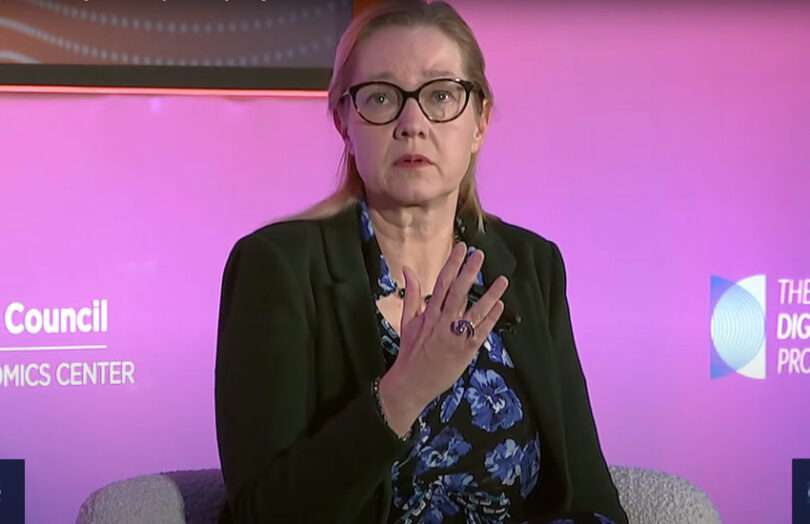Today the BIS Innovation Hub announced six new projects amongst the new initiatives it plans to tackle during 2024. Only one of the projects, Promissa, relates to tokenization. However, the announcement does not mention the far larger Unified Ledger initiative.
Project Promissa was formally unveiled earlier this month and involves tokenizing and automating the promissory note process with the World Bank. Cecilia Skingsley, who heads the BIS Innovation Hub, described Promissa as an opportunity to “kick the tires” of tokenization.
In contrast, the goal of the Unified Ledger is nothing less than completely rewiring the global financial system using tokenization. Agustin Carstens, the General Manager of the BIS, recently gave a rousing speech in which he argued that one cannot simply upgrade current legacy systems. They’ve reached the end of their useful life.
The Unified Ledger aims to bring central banks, banks, and other financial infrastructures onto the same network. The legacy world talks of straight through processing as the holy grail of settlement. In contrast, a Unified Ledger aims to make the settlement of securities and other transactions a single process. The transfer of the security and payment happens simultaneously.
Hence, Mrs Skingsley alluded to the upcoming project during a media briefing when she said, “We are lining up what probably is going be our most ambitious project yet in terms of partners (to) explore tokenization in a sort of multi-jurisdiction way.”
“So we will line up partners from different countries and explore (a) multicurrency ledger for cross-currency transactions, given (the) approval process going our way.”
She added, “That’s going be a very exciting way to see – can we use tokenization to build better infrastructures for the financial system?”
mBridge progress
Another multi currency initiative is Project mBridge, the cross border central bank digital currency initiative involving the central banks of Hong Kong, China, Thailand and the UAE. Twenty-three other central banks are observers. Media members pressed Mrs Skingsley on a timescale for the launch of the minimum viable product (MVP). However, the BIS Innovation Hub leader said there are too many outstanding issues to be nailed down.
“Once the MVP is finalized, we need to have a good look at the lessons learned and see together with our partners at the central banks – is there a next phase and what could that look like?” said Mrs Skingsley. “That remains to be seen, but I think we are several months away from that conversation.”
The six new Innovation HUB projects
In addition to Project Promissa, the other five projects cover the major themes within the Innovation Hub remit. One CBDC project, Aurum, enters a new phase to study privacy in payments involving retail CBDCs. The Hong Kong BIS Innovation Hub is home to Project Aurum.
Another initiative covers the cybersecurity theme, Project Leap, which is entering phase 2 for quantum-proof payment systems.
Two initiatives relate to green finance. Project Symbiosis is for Scope Three emissions, and Project NGFS is a data directory of the Network for Greening the Financial System. The final project is a regtech initiative, Project Hertha, which aims to use network analytics on payment systems to identify financial crime patterns.
The BIS Innovation Hub has completed almost 30 projects over its four years since launch.






